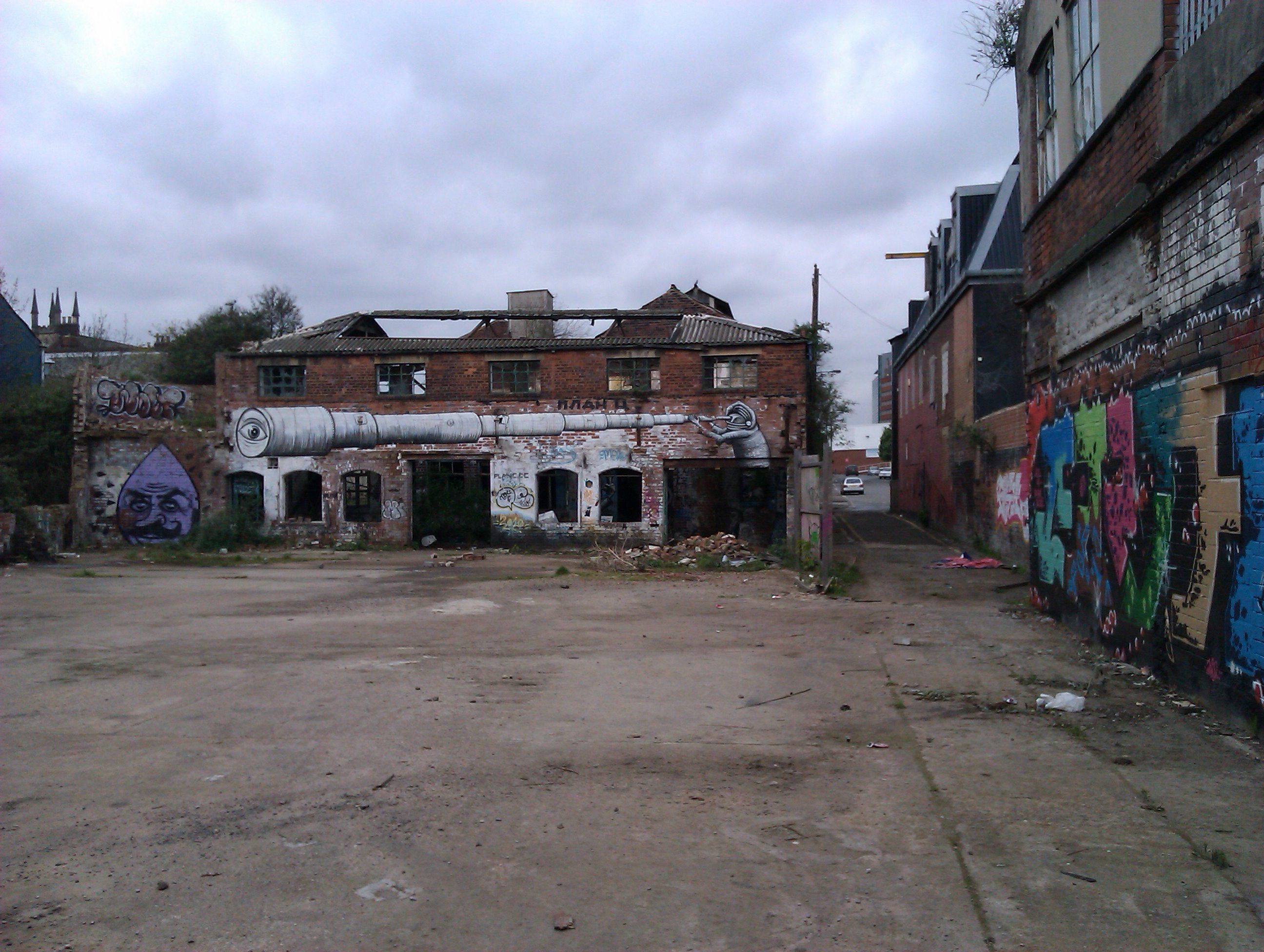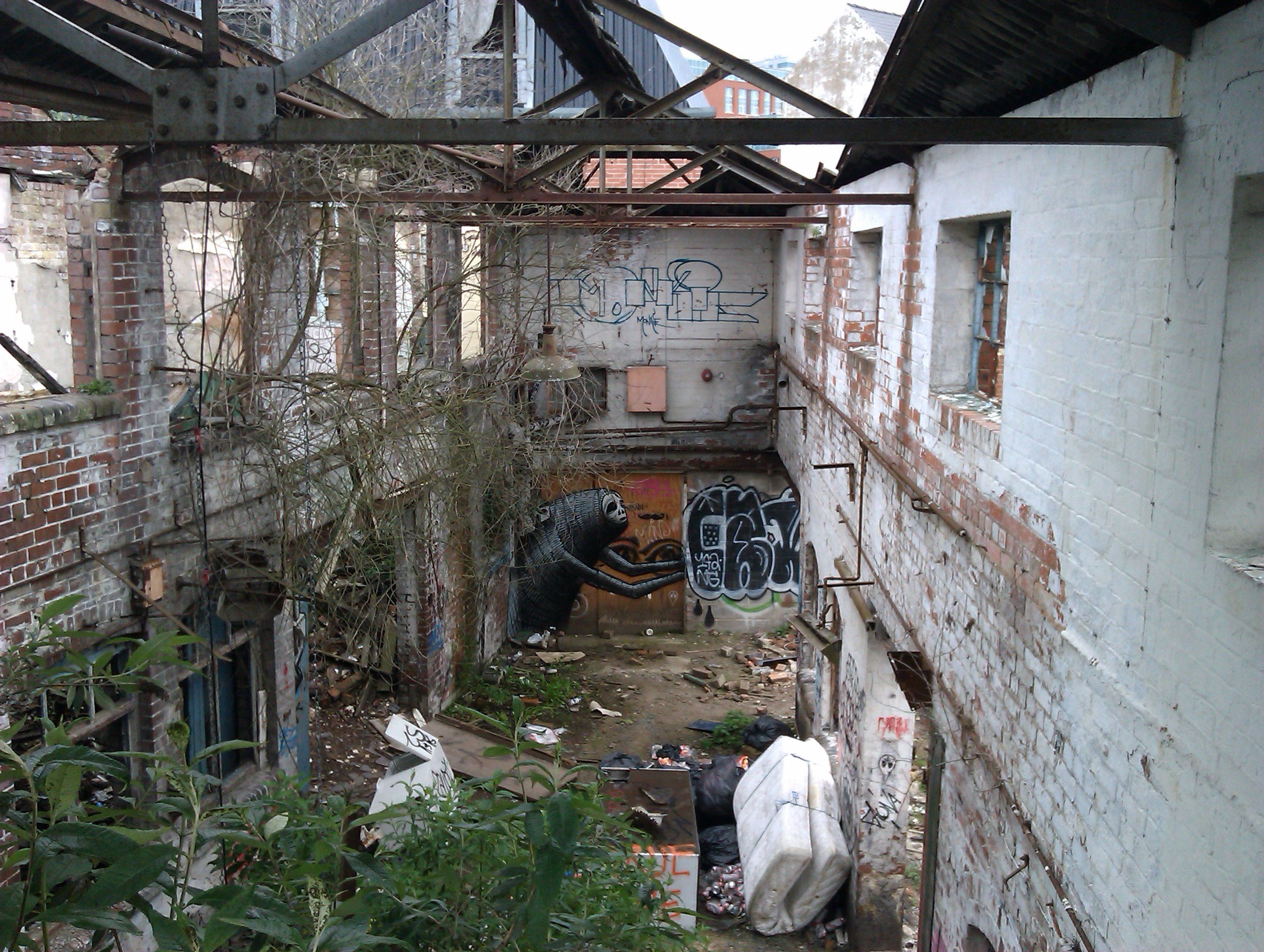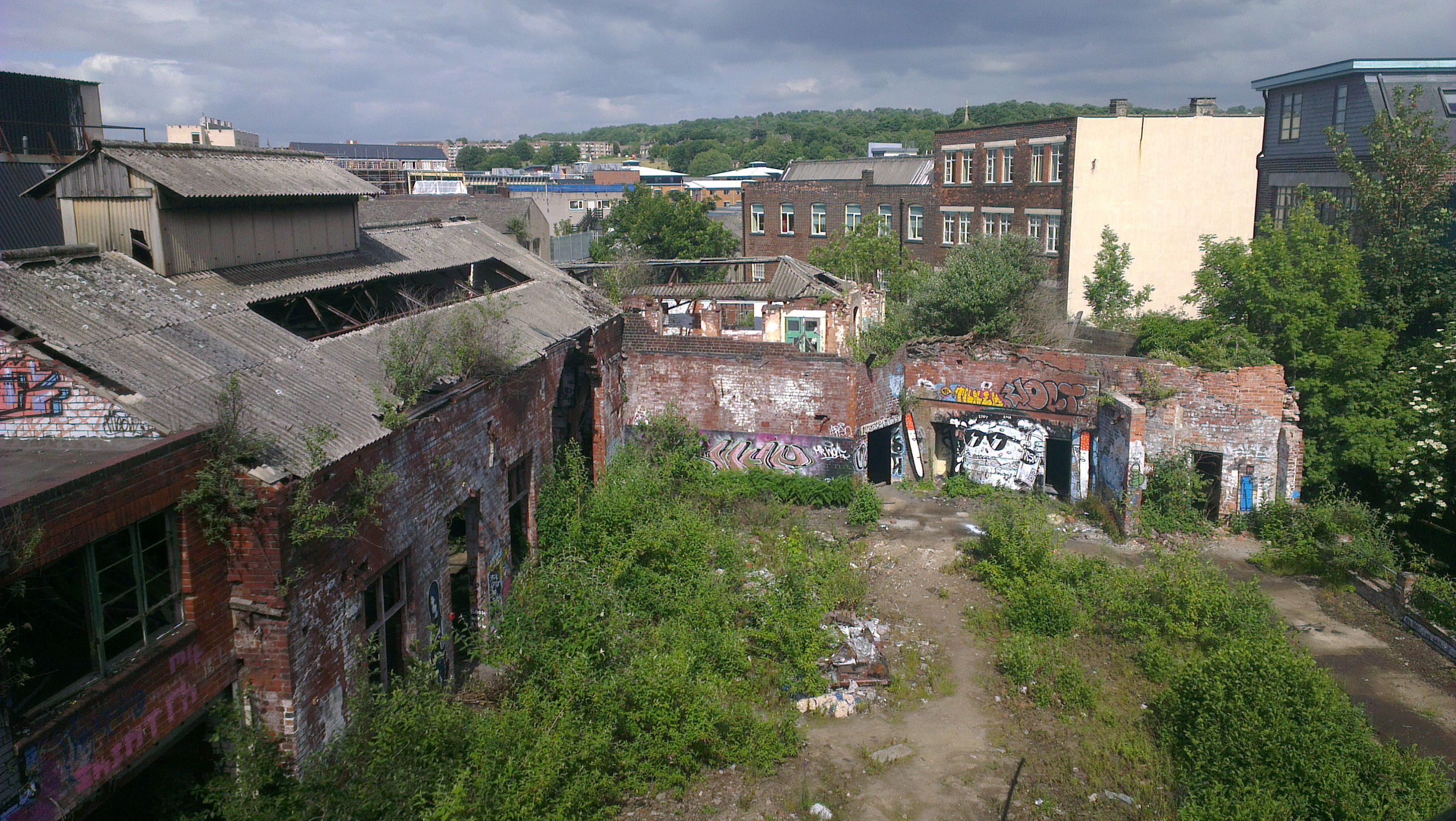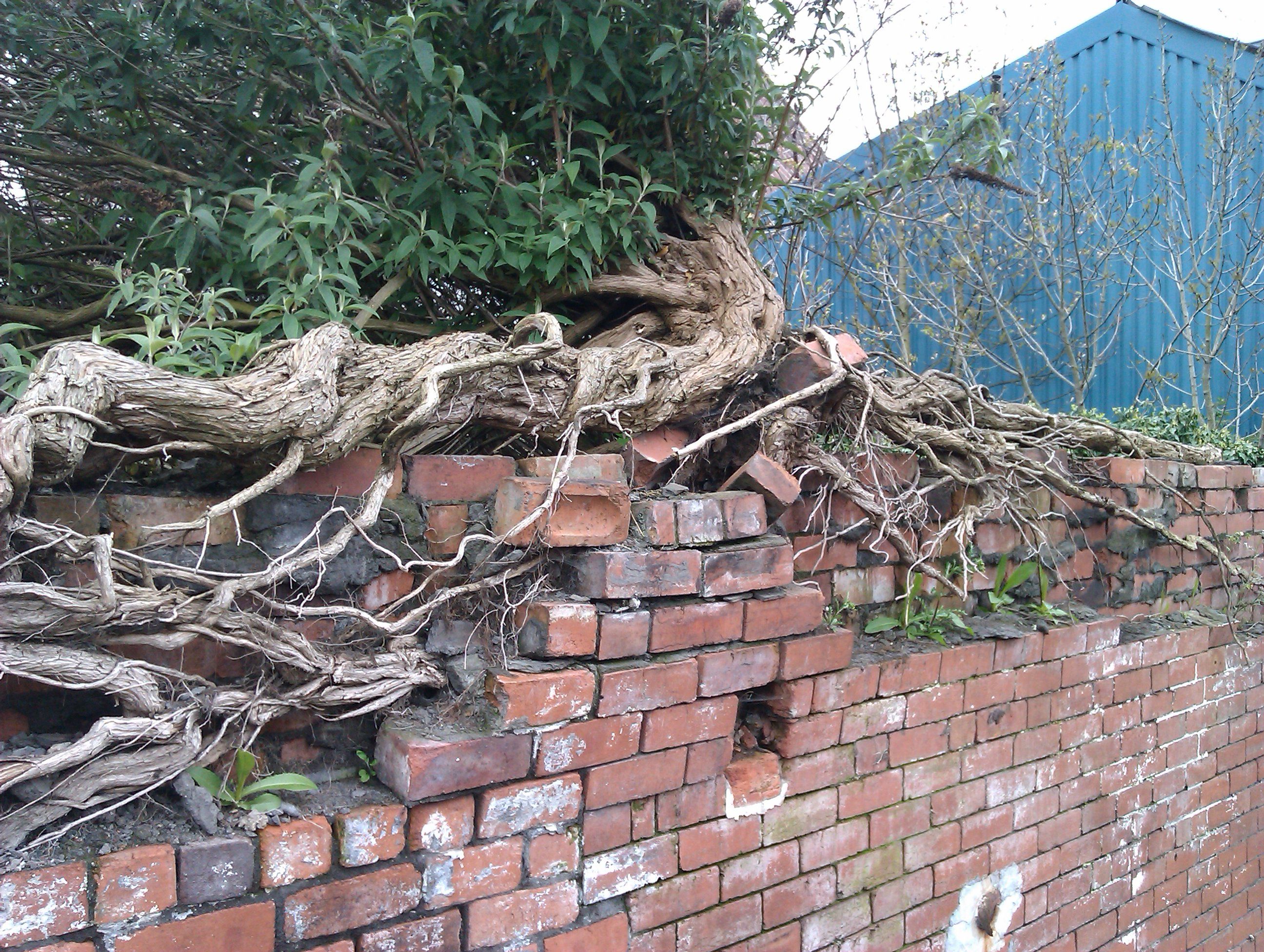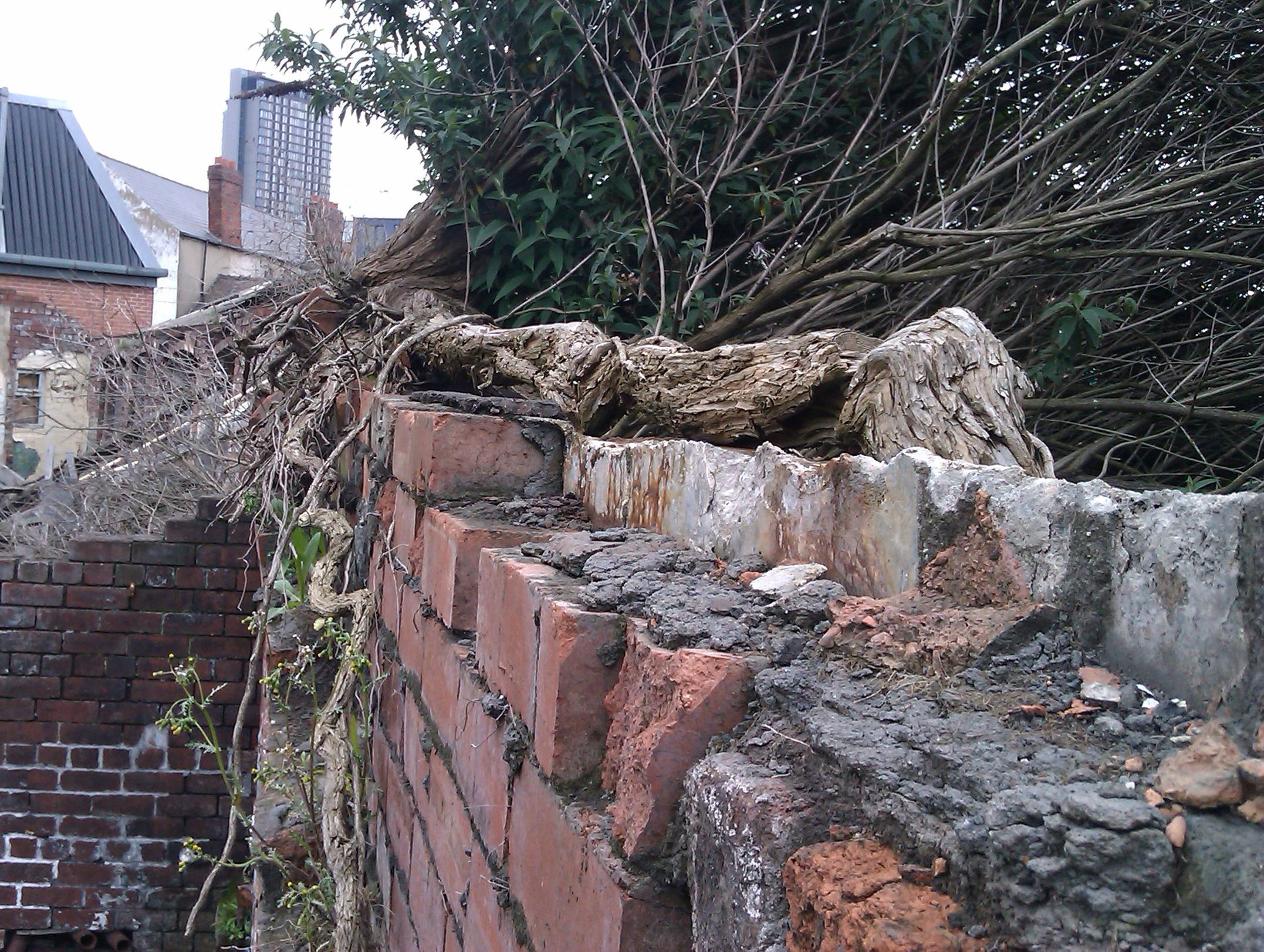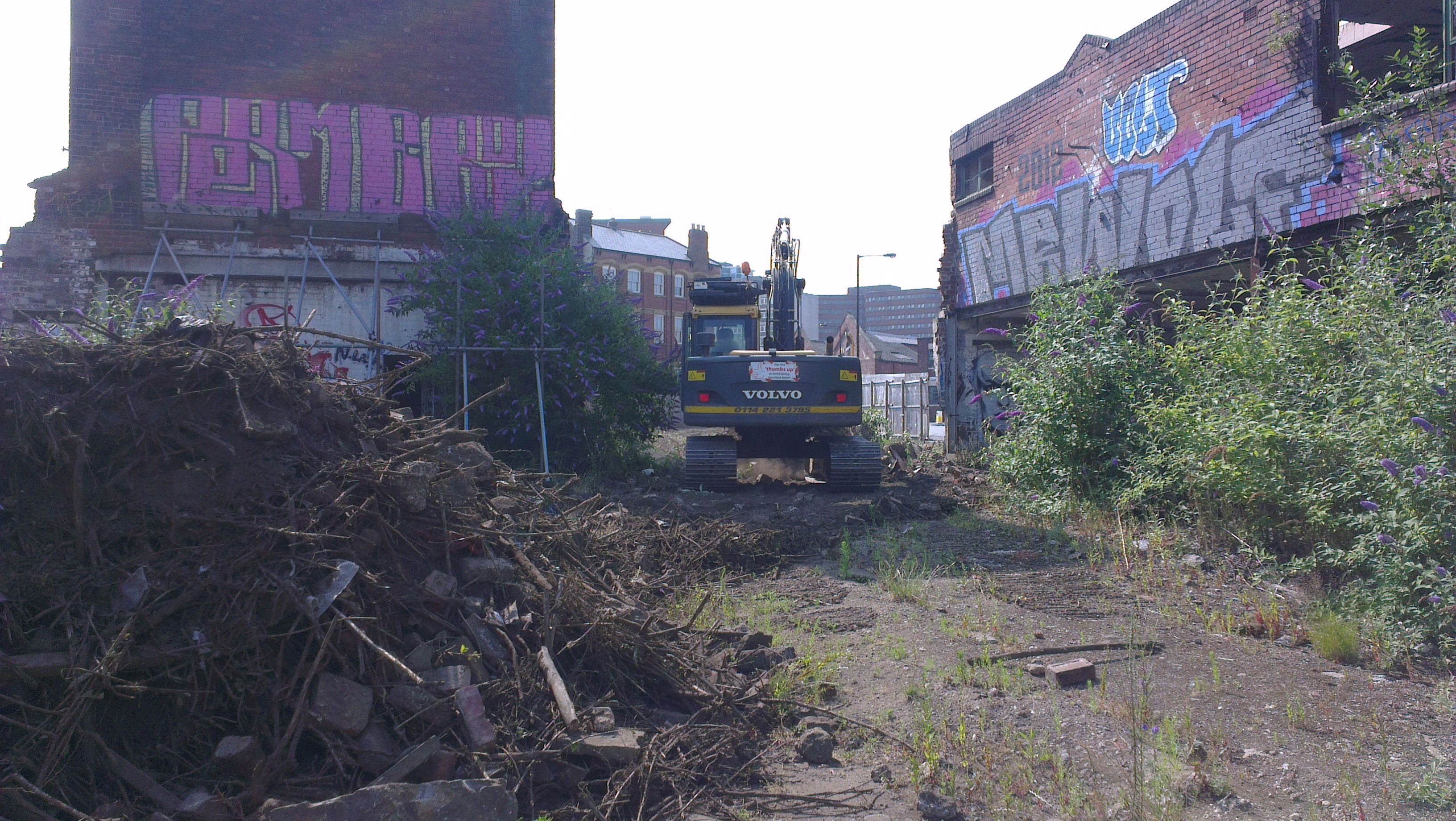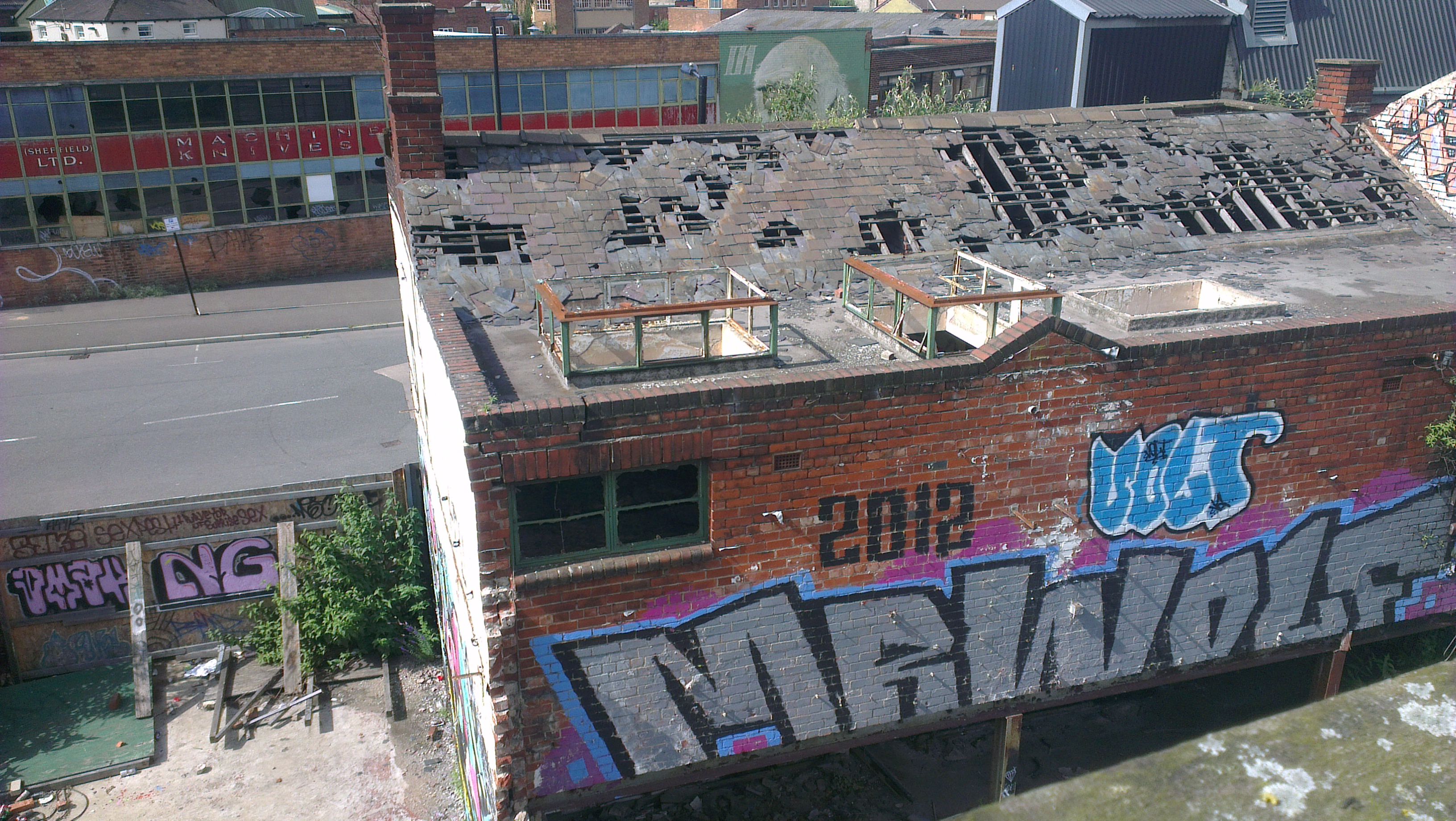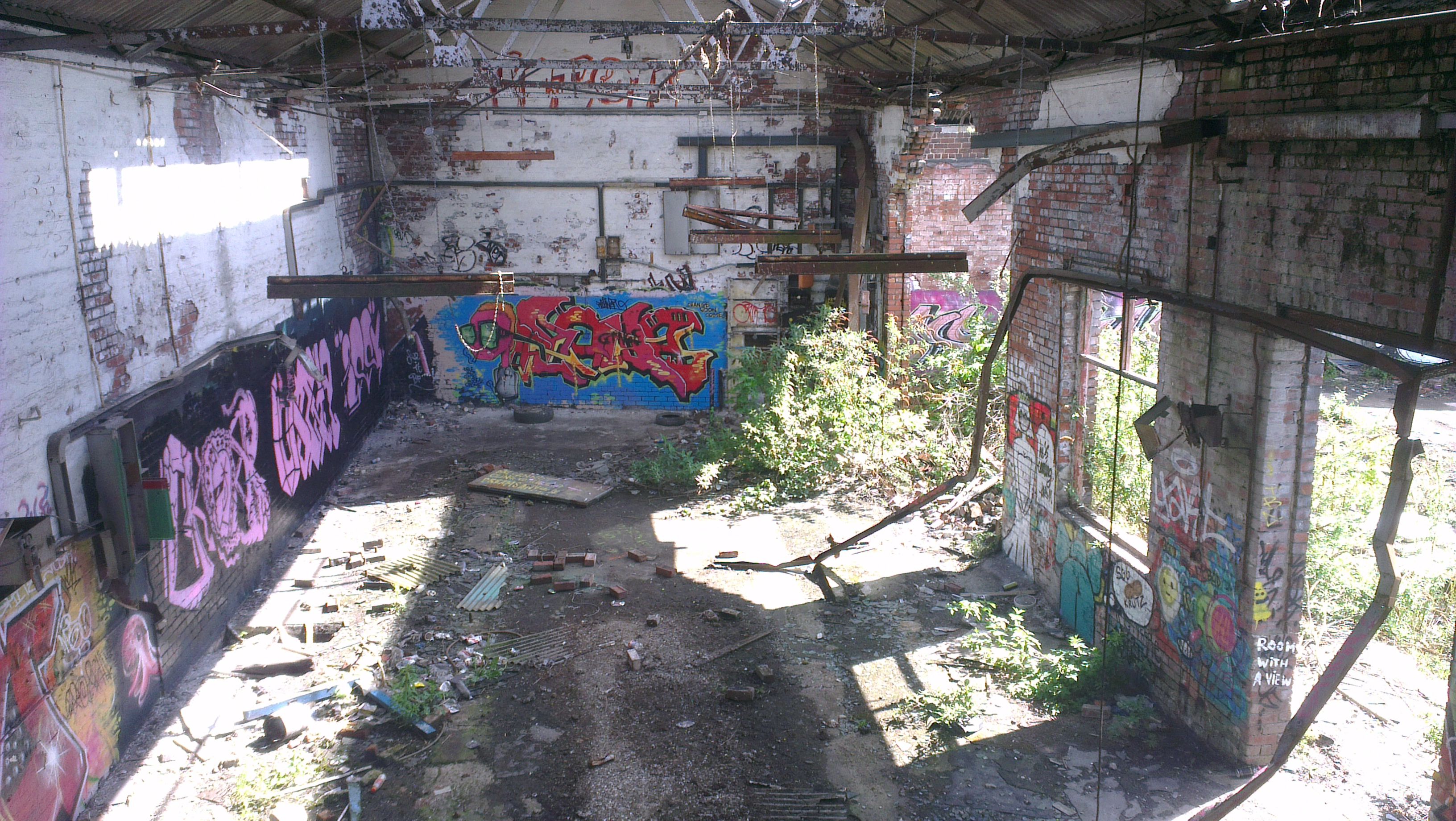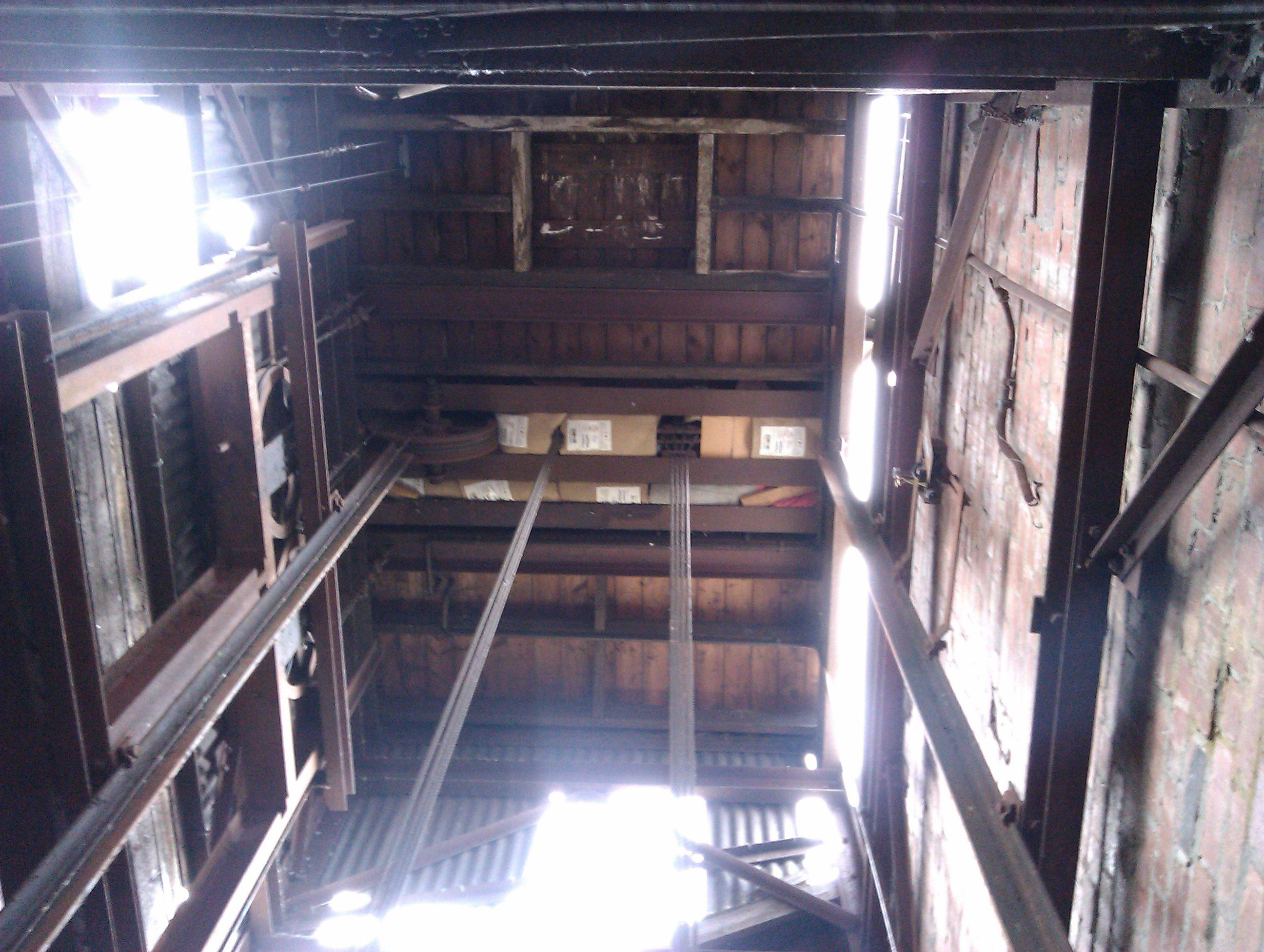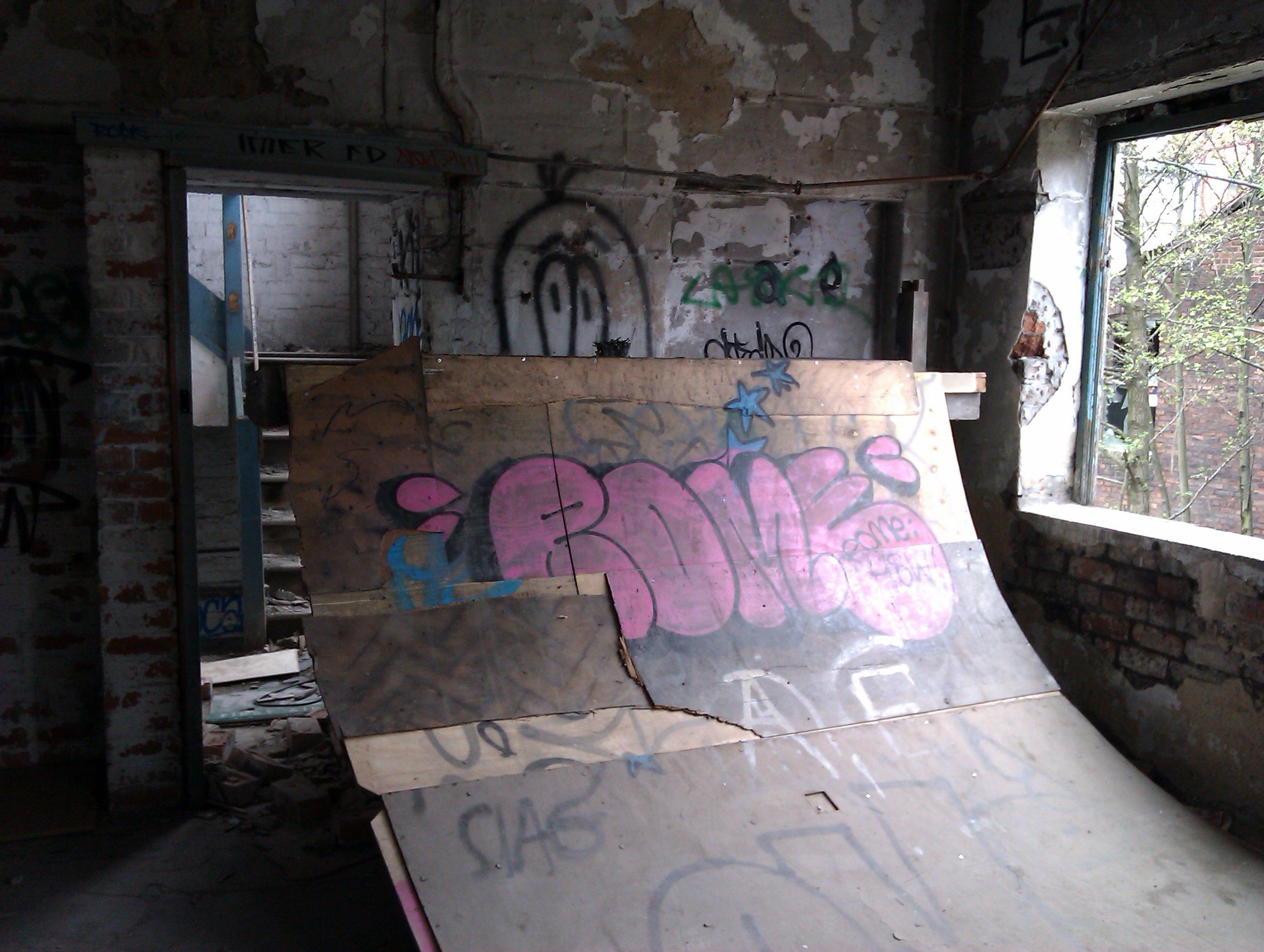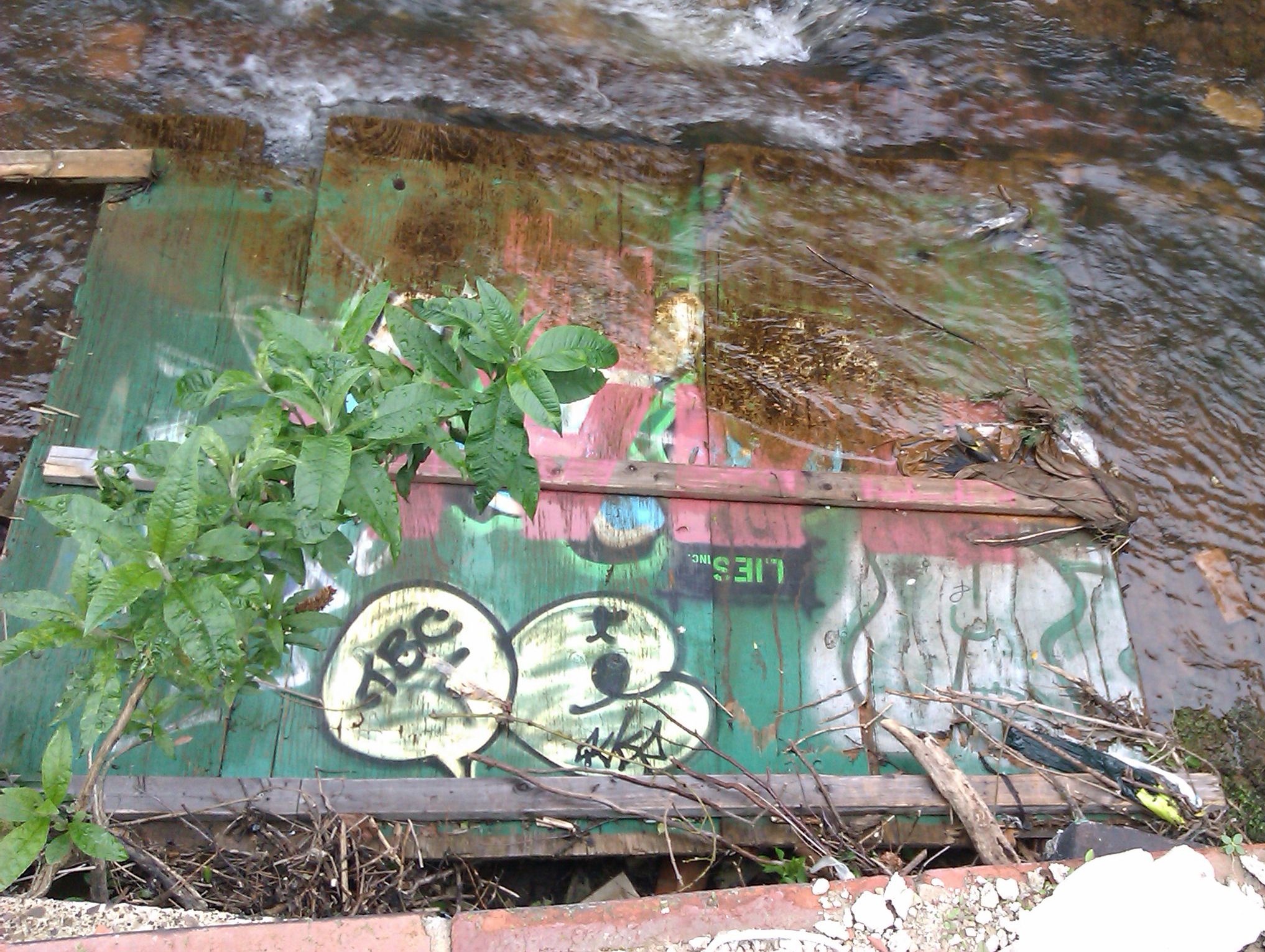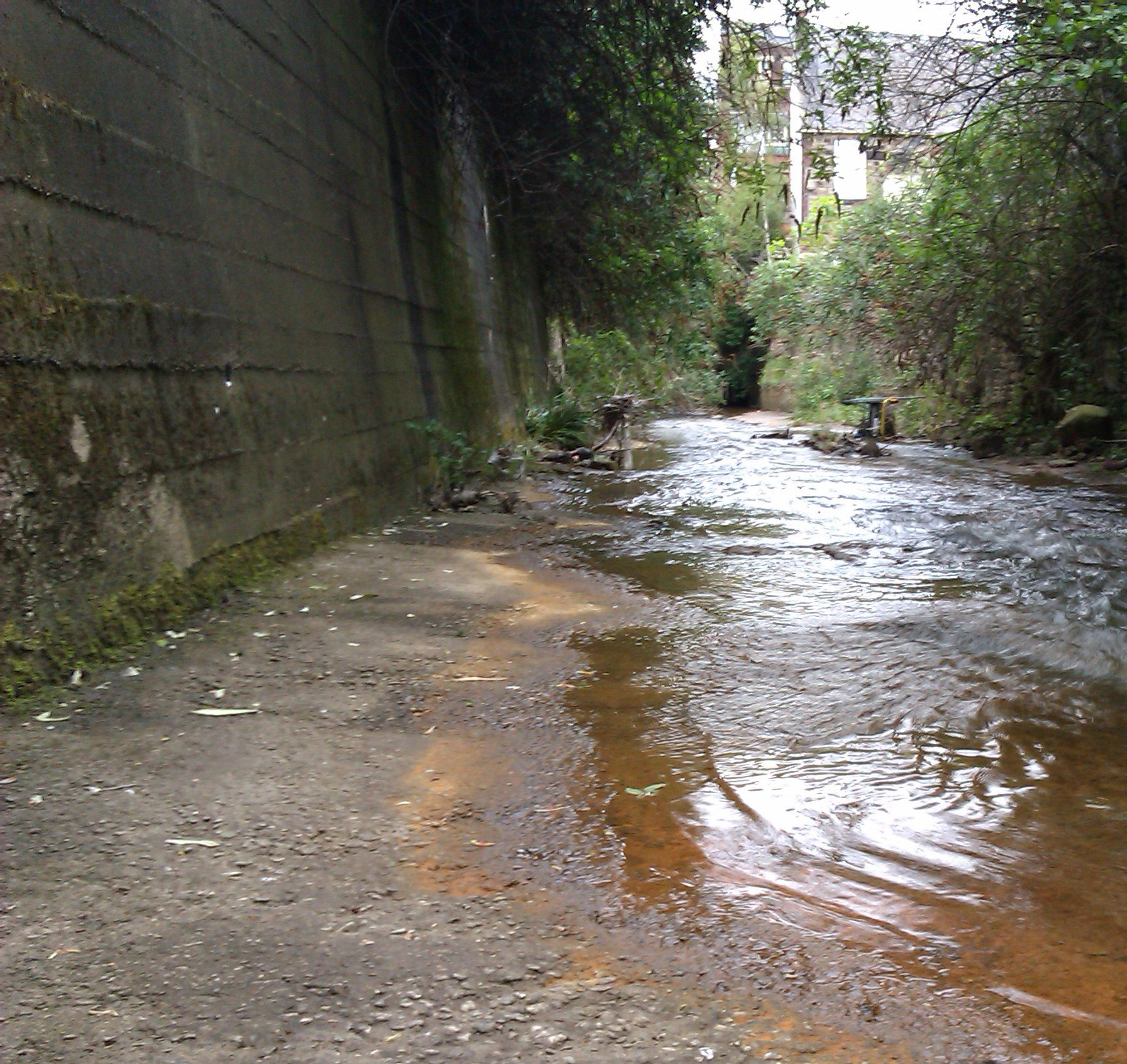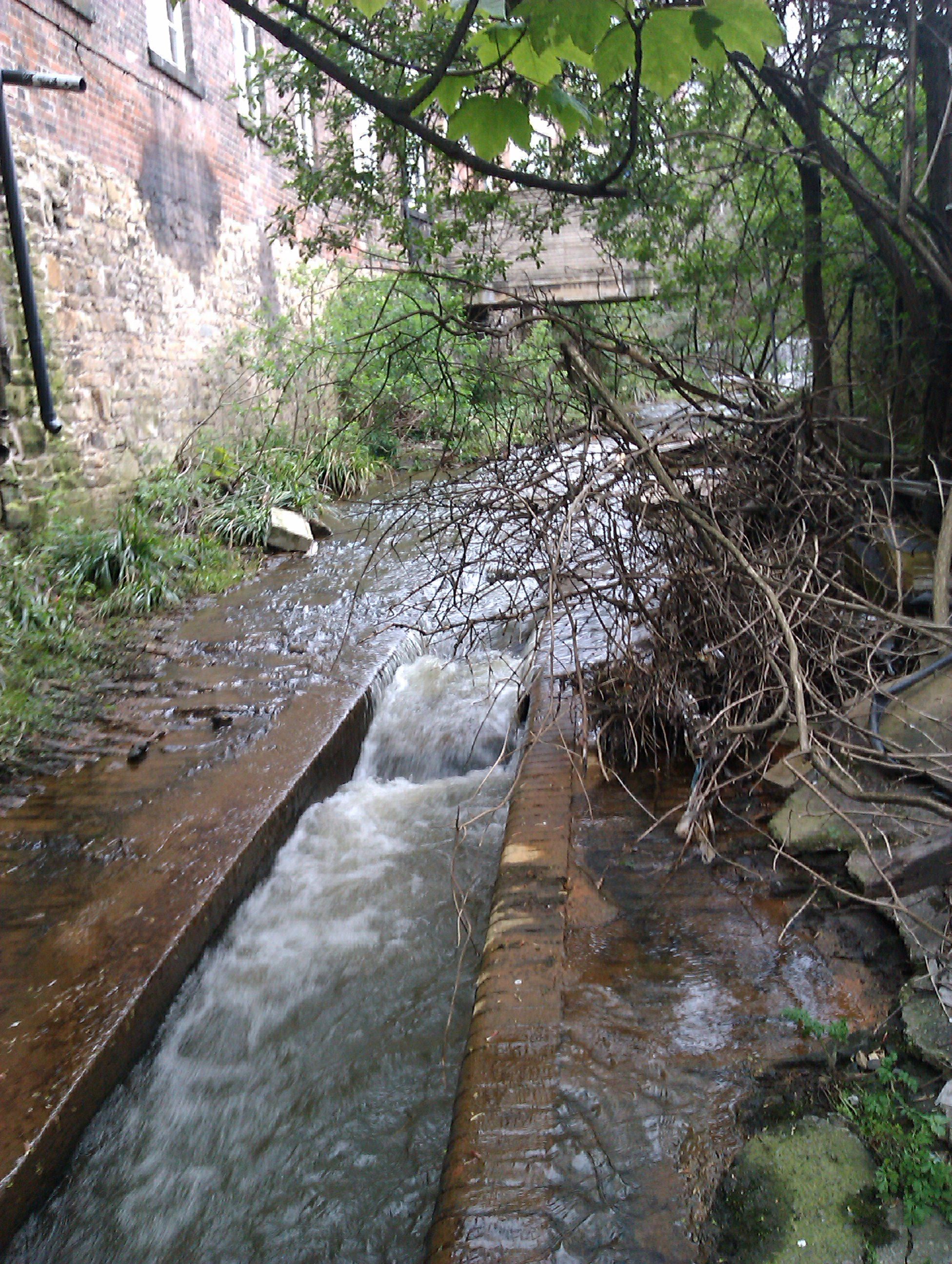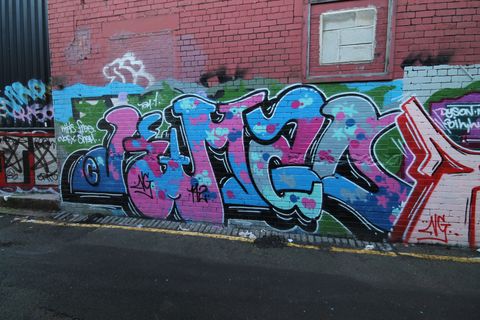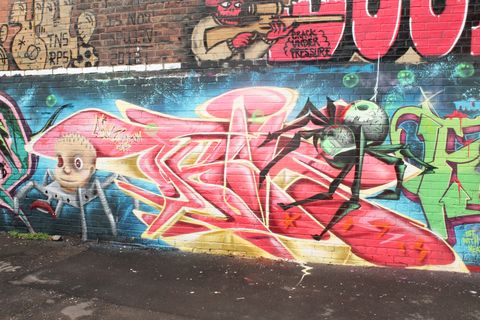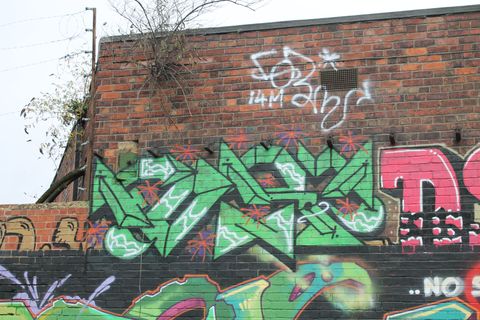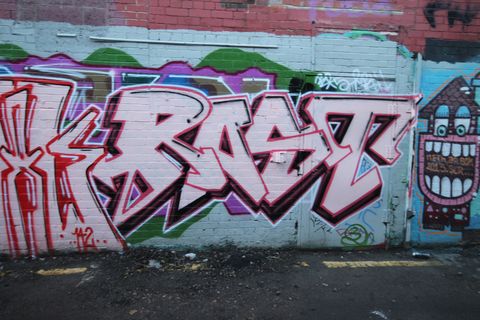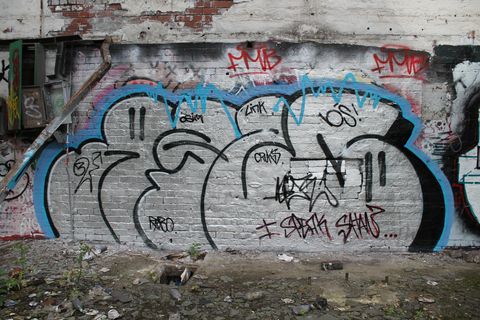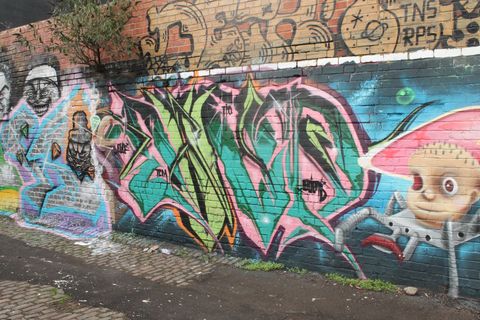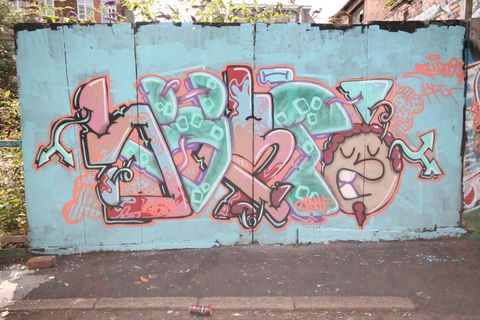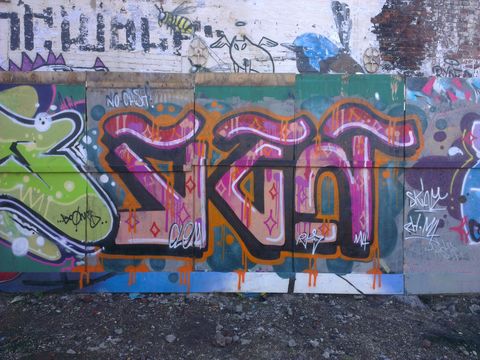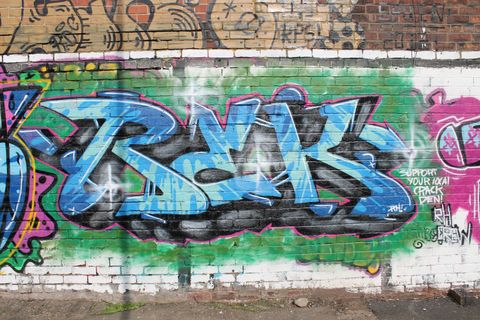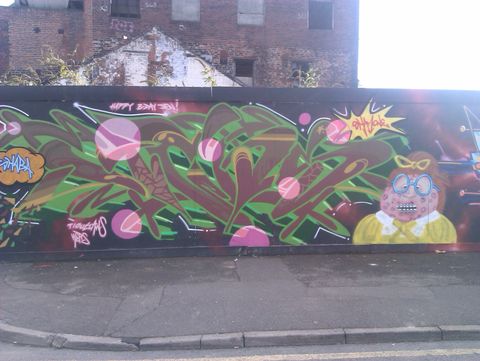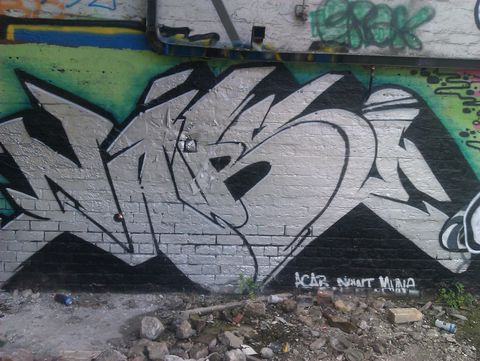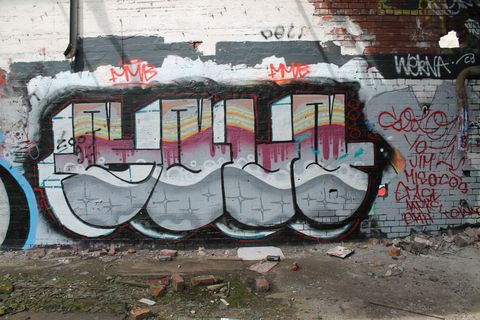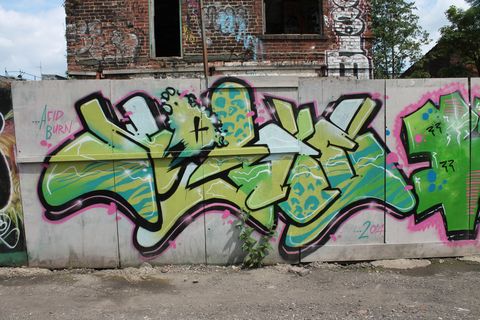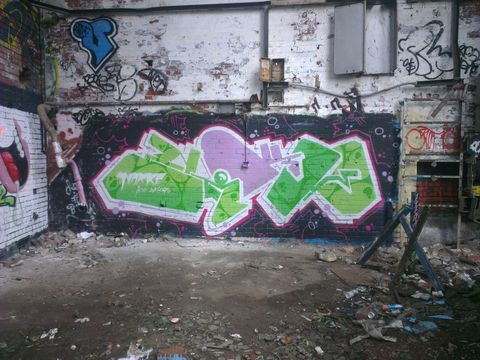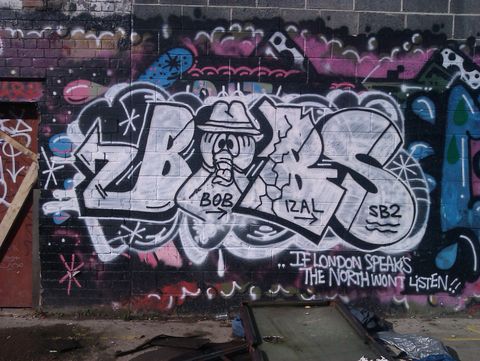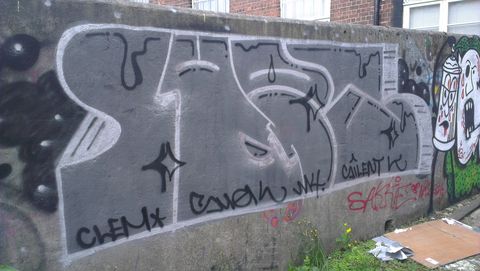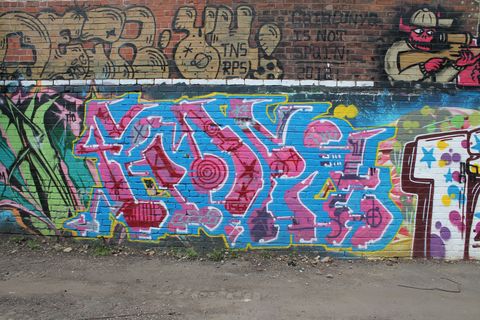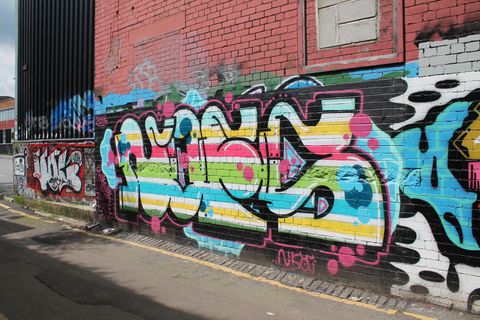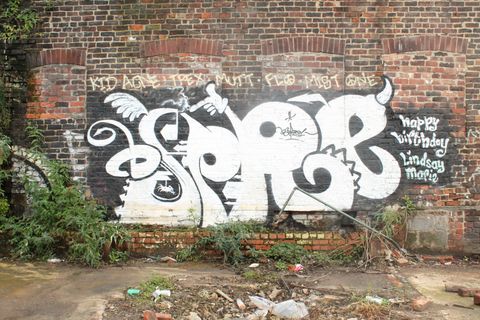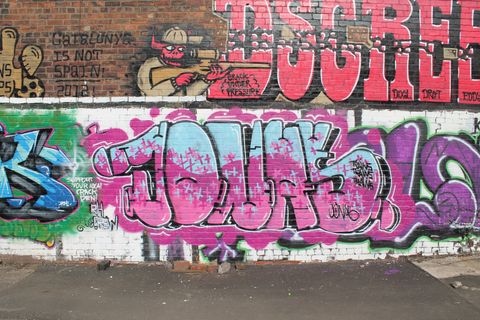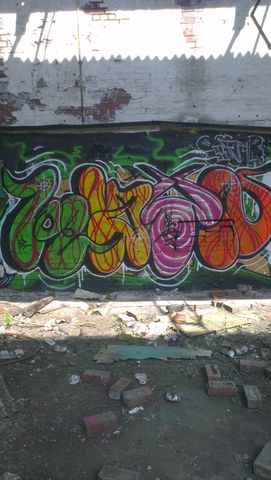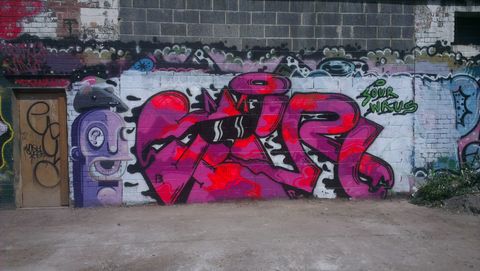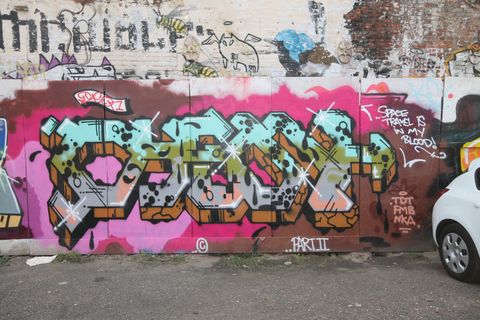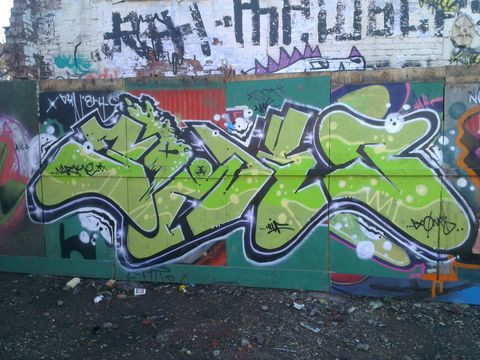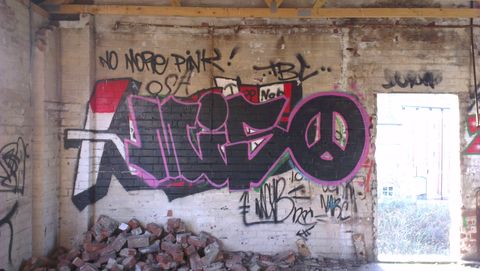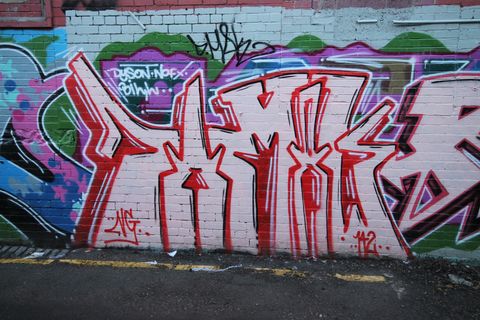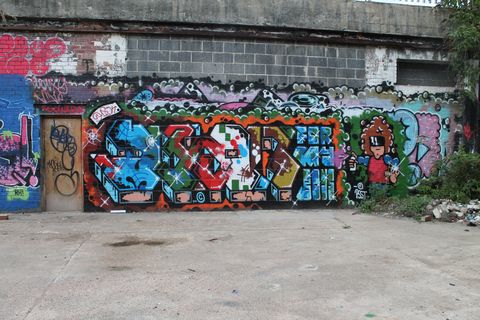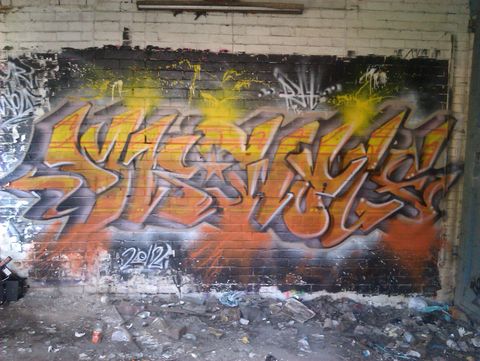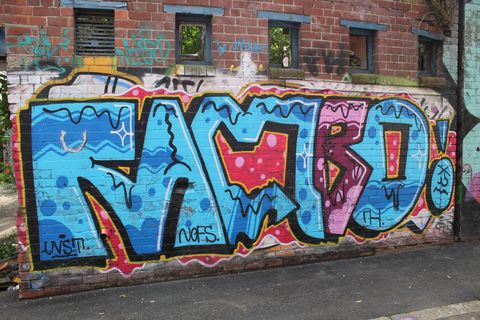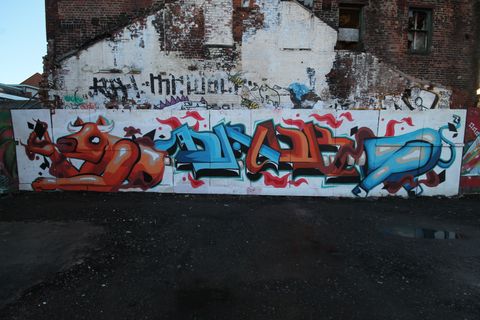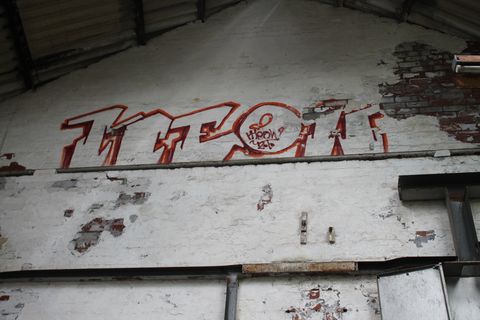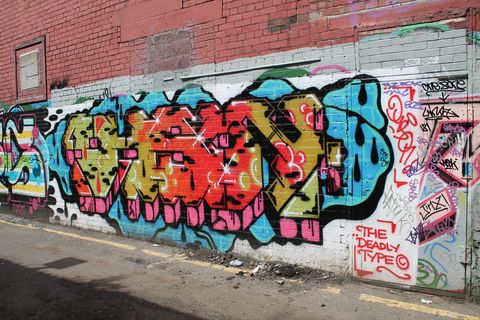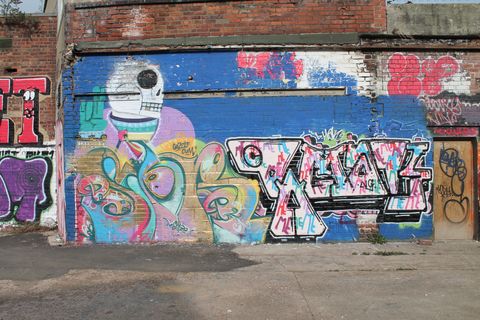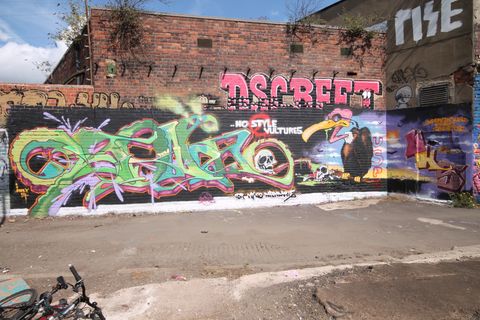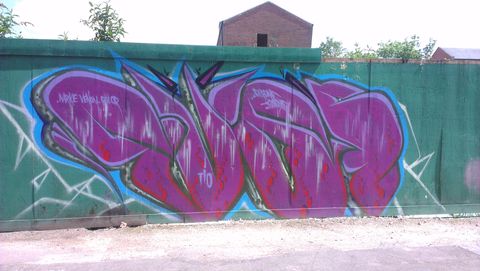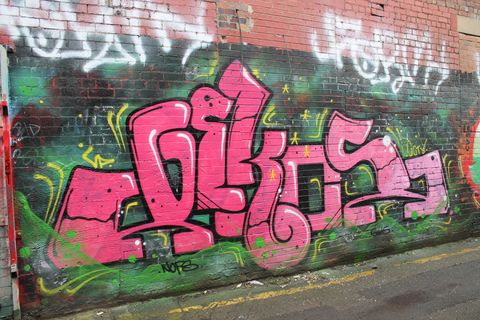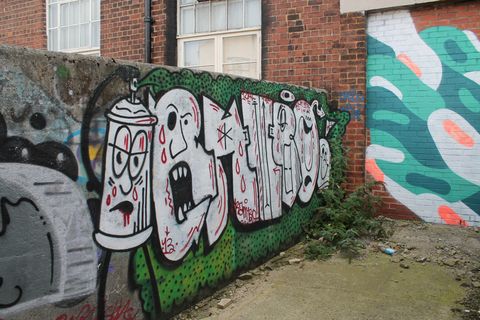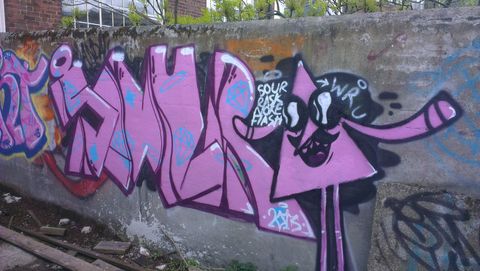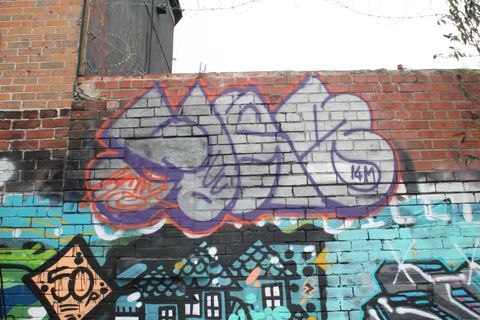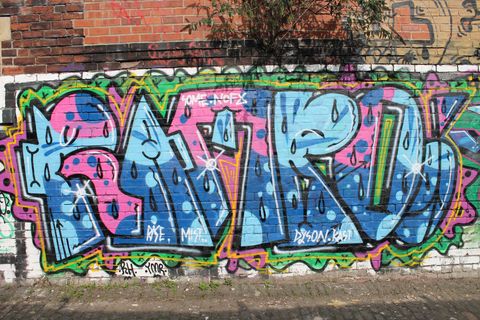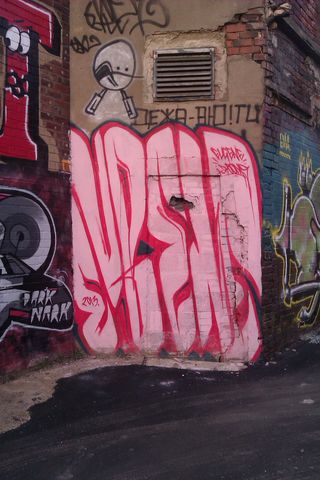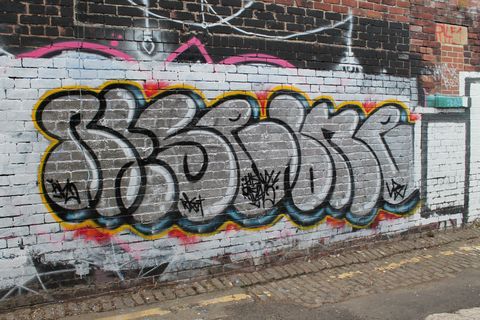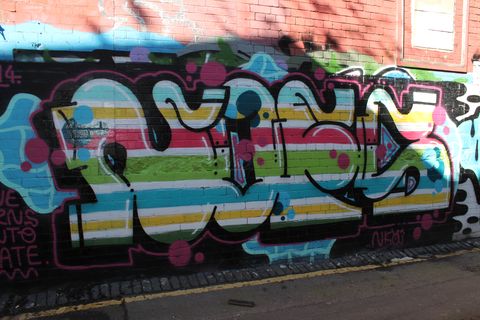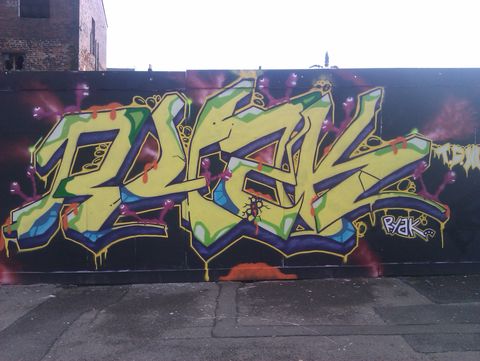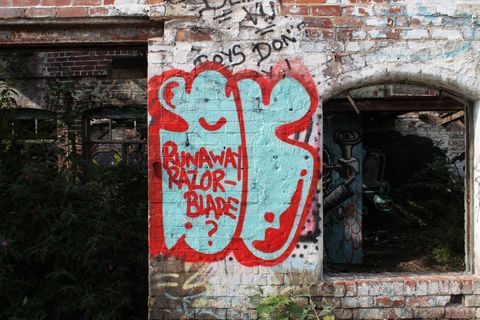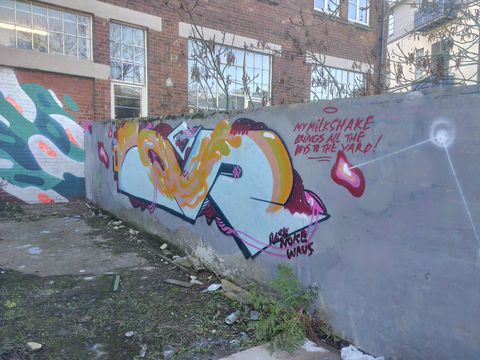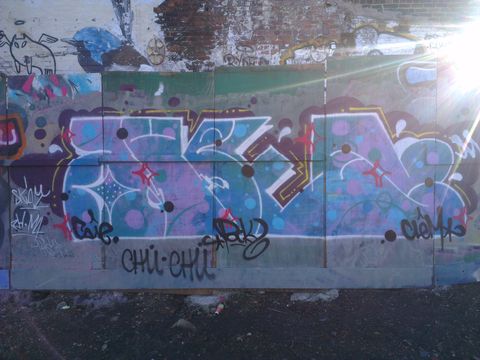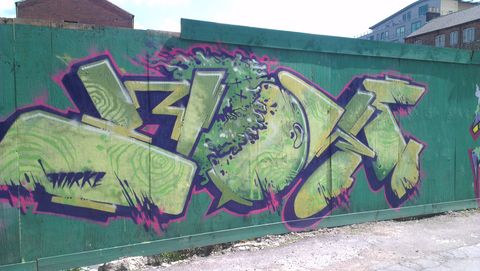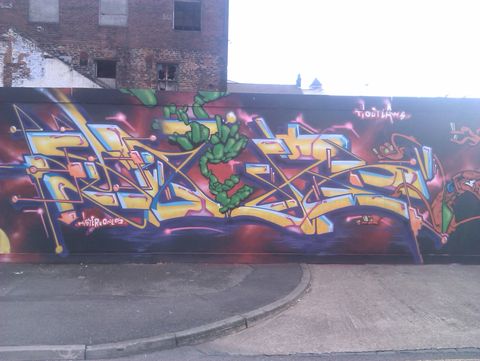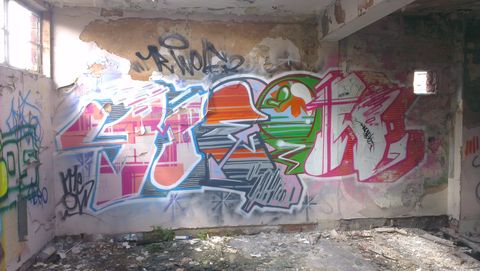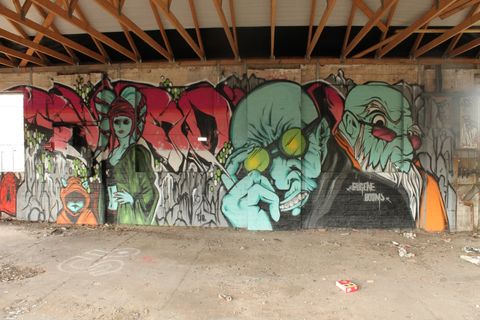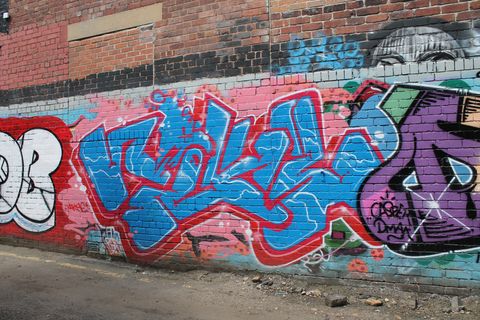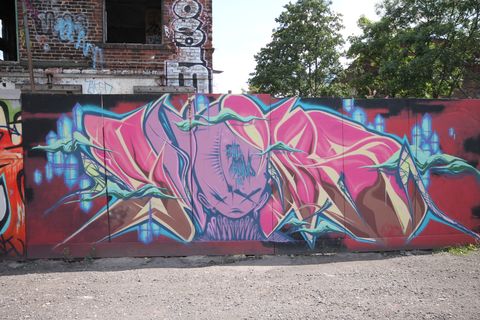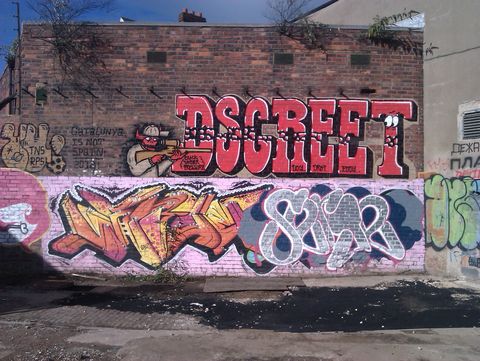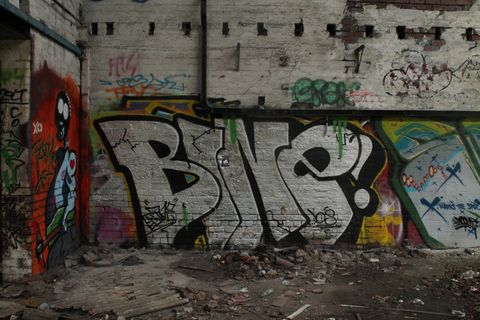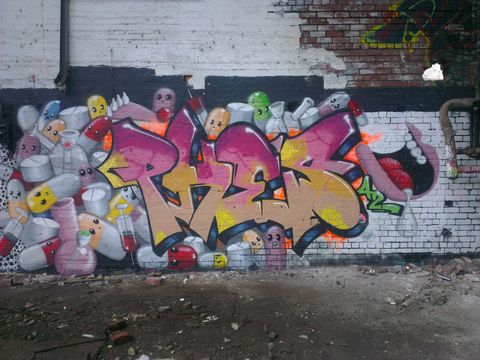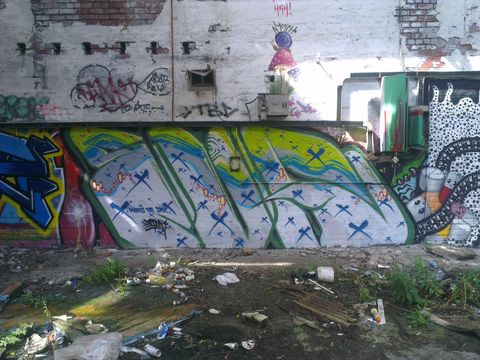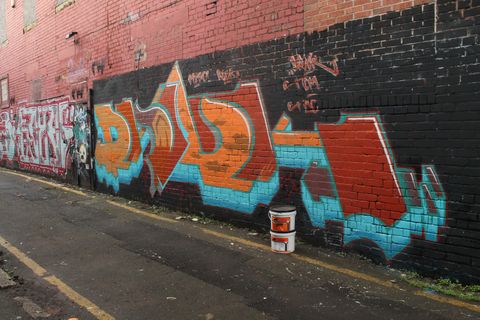/$$$$$$ /$$ /$$__ $$ | $$ | $$ \__/ /$$$$$$ /$$$$$$ /$$$$$$$| $$ /$$| $$ /$$__ $$|____ $$ /$$_____/| $$ /$$/| $$ | $$ \__/ /$$$$$$$| $$ | $$$$$$/ | $$ $$| $$ /$$__ $$| $$ | $$_ $$ | $$$$$$/| $$ | $$$$$$$| $$$$$$$| $$ \ $$ \______/ |__/ \_______/ \_______/|__/ \__/ /$$$$$$$ | $$__ $$ | $$ \ $$ /$$$$$$ /$$$$$$$ | $$ | $$ /$$__ $$| $$__ $$| $$ | $$| $$$$$$$$| $$ \ $$| $$ | $$| $$_____/| $$ | $$| $$$$$$$/| $$$$$$$| $$ | $$|_______/ \_______/|__/ |__/
Beginnings
I wasn't sure if I wanted to do these Urbex retrospectives chronologically, but where better to begin than the start.
The first place I explored wasn't the first abandoned building I'd been in, but it was the first I went to with a real mindset of I Am Doing Urbex, specifically to come away with photos and some idea of a report. There were no questions of access or security, this was somewhere anybody could walk into and people often did. The proper name of this place was the Bernard Works, but I don't think I ever heard anyone call it anything other than its well-known nickname - the Crack Den.
In fairness to it, it wasn't the worst location I visited in terms of drug users or paraphernalia, but it earned its reputation from simply being so open and accessible and in a down-trodden area. When I first visited, it had already been half demolished and was mostly a shell. It was nothing like some of the locations I would come to in the future, there were no real signs of what it had been in the past, no tools or machinery left behind. What was there was dereliction, debris, and detritus. The artifacts left were from its current occupants - graffiti writers, students wanting to be street artists, skaters, free-party enthusiasts, and yes - drug users1.
The Bernard Works was opened by A. R. Heathcote & Co. LTD., a cutlery manufacturer, in 1934. Beyond that, the history I've been able to find about the place is a bit scarce and so I'm not sure when it ceased operations or closed. I arrived there in May 2012 and simply walked in. There were hoardings around the bulk of the site, but at some point a large section in the alley between the works and the old Niche nightclub had been torn down and thrown in the river.
Arrival
This was the view that first greeted me on the site.
It was exciting enough just being here at the threshold, a hidden world was already opening up before me - even if this particular hidden world received as much regular foot traffic as an average high street shop. I was a fan of Phlegm, having bought an issue of his zine from the House skatepark back when I used to skate and then seeing his stuff around Sheffield. I'd seen pictures of the telescope piece before and it was thrilling to finally see one of these secret pieces.
I took a couple of pictures of the pieces in the yard and then picked my way carefully through the debris and up a very precarious, rusted-through staircase for this shot of the first building.
Funnily enough, despite this place being the one I've been back to more than anywhere else (on 20-odd different occasions), it's the one where I've got the least pictures of the actual site and buildings. I've got over 500 photos here and less than 30 of them are of intrinsic features. It was always such a popular semi-legal painting spot that most of the time I was just coming to take a few shots of whatever was new there that week, there was a constant churn of pieces. I stopped seeing the buildings themselves for the most part.
One thing I don't have a picture of that, thinking back, I probably could have got a decent one of was a set of double doors at the top of the staircase - one of the very few parts of the building aside from the walls which were still there. It's visible in this shot from the opposite roof which I took the following year.
Out of those doors the floor which was missing in the first room reappeared, this room was instead missing its roof and formed something of a balcony which wrapped around the building. From there, I climbed the low adjoining wall to the roof of the toilet block seen on the right-hand side of the previous image. Just about visible on that is a monster of a buddleia growing through the wall and slowly demolishing the brickwork.
There are a few common aesthetic themes you get with urbex photography and one of my favourites is nature reclaiming things. It doesn't take a long time in the scheme of things for shrubs and trees to destroy walls, seeing this is like seeing a slice of a far-off future with human civilization in ruins. The paint on the walls was ephemeral, but so were the walls themselves on a greater scale of time.
Also on top of the roof of the toilet block was a little plywood and tarpaulin shelter that I assume was put together by somebody homeless. There were other places like this that I'd find on other sites, little spaces someone had carved out.
From my vantage point, I had spotted somebody else wandering through the yard in the middle of the buildings carrying a DSLR, somebody doing the same thing as me, albeit more professionally2. This was how I met the industrious Fiona Milne. Fiona was one of the first personalities on the scene that I encountered, who seemed to know all the locations and all the writers and street artists. I trawled her blog for new places and regularly used her well-organised Flickr to ID pieces when I had no idea who anyone was and no hope of reading anyone's letters. I think we only ever explored together once, but we bumped into each other a few times while out and about.
Back outside, there were two more buildings on the site. This shot is from late 2013, when some work was undertaken to clear the yard of debris and to re-roof and stabilise the main building.
For whatever reason, I didn't take any pictures in the building on the right at the time. The main portion of it was another hollow shell, while the adjoining section was boarded up and inaccessible. Sometime in mid-2013, the boards blocking up the adjoining side were ripped off and a makeshift ladder was put up.
It was very ropey from what I remember, but I never really shied away from the dodgy climbs. Upstairs there was a couple of rooms that had been sealed off for a while and had some older pieces, including this boms piece with a hole in it - through which I finally got a shot of the room below.
The main building was three storeys of similarly empty rooms, bar some skate ramps that had been built on one level. I got a shot of the lift shaft but surprisingly not of the square spiral-but-not-really staircase - usually a staple shot.
On the way out, I took some out of focus pictures down in the river that ran alongside the site. I'd return there a year later as the starting point of an explore around the storm drains and culverts that run underneath Sheffield.
With that, my very first proper urbex mission was complete, and the seeds of an obsession were sown. I would visit another 16 locations before the end of the year, scouring for information online, wandering industrial estates, scaling fences and squeezing through windows. The Bernard Works have now been fully demolished and replaced with a car park. It's almost certainly true that this place had become a blight and the car park is an improvement, but that doesn't stop it holding a special significance to me and the others who roamed around it.
Appendix: Graff
-
Another explorer I spoke to told me about a time taking photos here when a couple of denizens had been chatting to them for a while about the place and what they were doing, before cutting the conversation short with "we're going to shoot up now, so if you wouldn't mind fucking off..."↩
-
It would be another year and a half until I bought a DSLR and got a bit more serious about my photography. Before then, I was just taking pictures on my phone - an HTC Wildfire at the time - or occasionally a cheap little point-and-shoot that I had.↩
